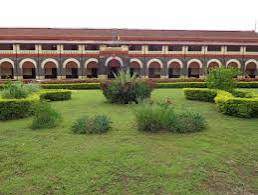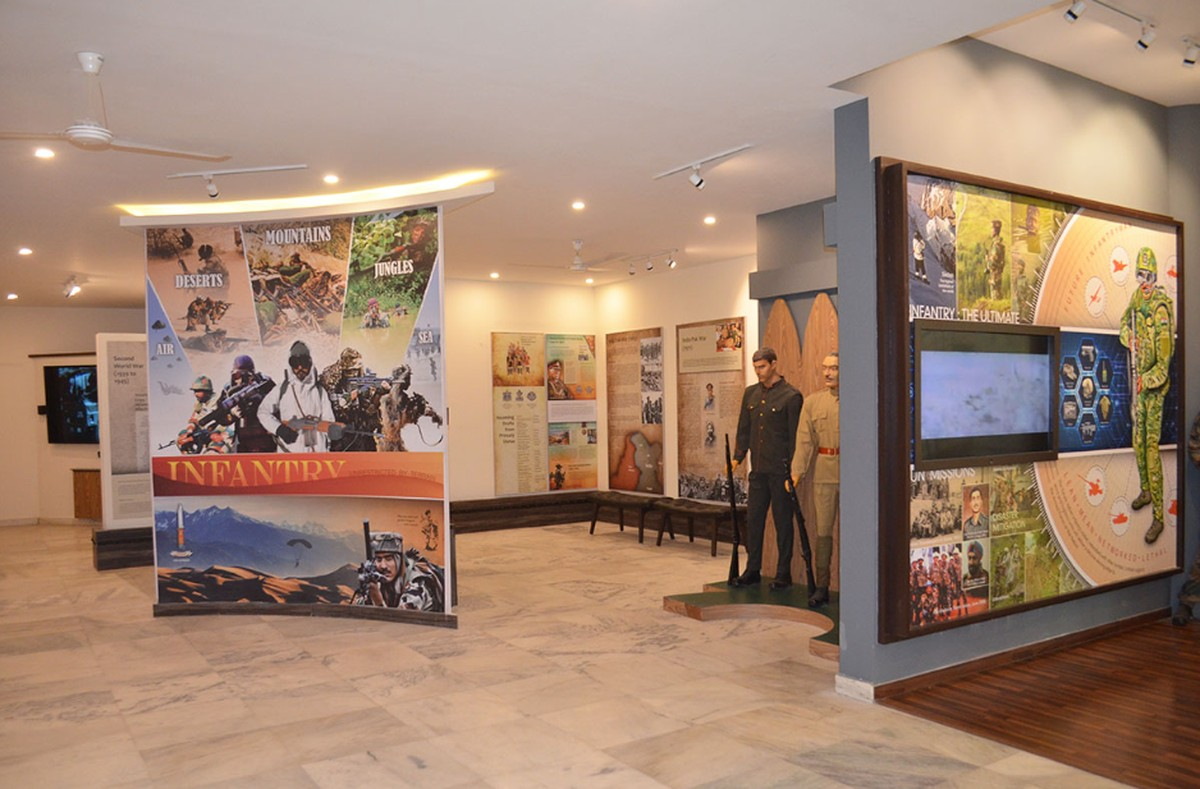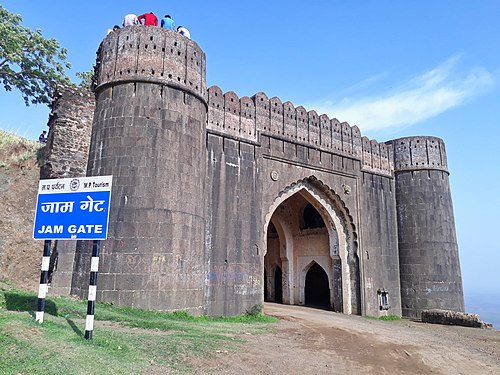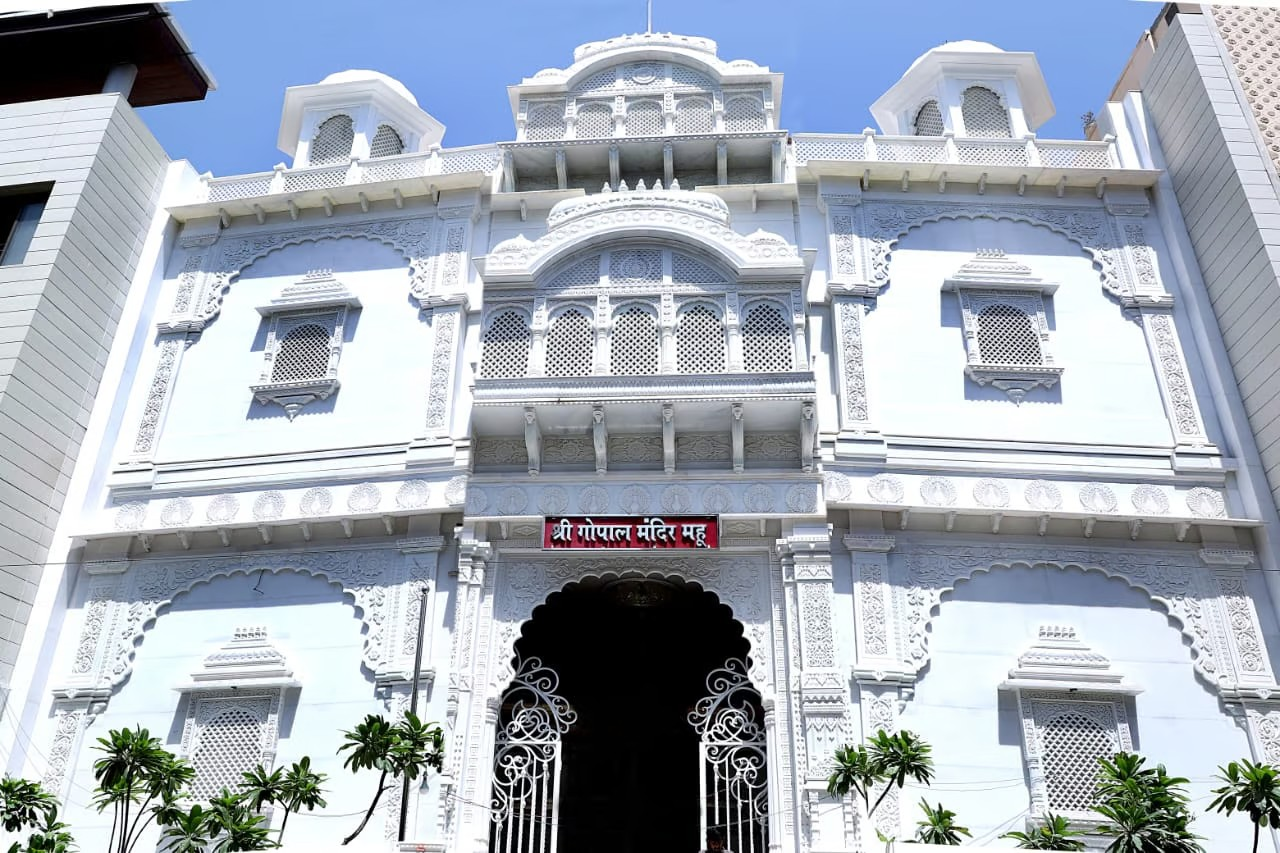Dr.B.R Ambedkar Nagar Mhow - Specialities
About Mhow
Mhow as Dr. B.R. Ambedkar Nagar is also known after the name of Dr. Baba Saheb Bhimrao Ambedkar 'The Father of Indian Constitution".
Specialities
1. Dr. B.R. Ambedkar Smarak
Antique engraved view of the Fort at Mhow where such of the European officers as escaped massacred took shelter during the mutiny of the 1st Bengal Cavalry and 23rd Native Infantry. The tents shown in the View are those of the Madras and Bombay Engineers, who were at the time the View was taken increasing the fortification. The battery facing the entrance was made at the time of the mutiny, and the gibbet in front was erected afterwards fior the execution of the mutineers. The sketch is by Mr. I.H. Sylvester, Assistant Sugeon 14th Light Dragoons. Original wood engraving for The Illustrated London News published in London circa 1858.
Set up in 1842, The Illustrated London News increased circulation of their periodical by illustrating their latest news stories with woodblock printing. This was a labour-intensive process that required a boxwood block to be cut to the exact thickness of the type, and polished smooth. An artist used a pencil to draw his picture on this block in reverse from a mirror image. Then an engraver with chisel and other engraving tools cut away all the wood that was not covered by pencil lines.
A modification of this technique enabled weekly news periodicals to meet publication deadlines. Each drawing was divided into many pieces which were assigned to separate engravers for each portion of block. When completed, the blocks were reassembled and bolted together. Double-page prints required up to 40 blocks. Thin white lines between blocks can be seen in some illustrations. Over the years the technique for the engravings became more sophisticated and production also became quicker.
3. Military Institutions
4. Army Public School
The museum will showcase Infantry Corps' history from 1747 to 2020, in which the sacrifice of valour and valiant soldiers have been preserved in statues, murals and photo galleries, he said.
The first phase of the museum has been completed, while the work on the second phase is underway, he said.
The museum, housed in a three-storey building spread on two acres of land, is being built in three phases, Lt Col Tripathi said.
The history of battles of Plassey, Saragarhi, Buxar and Indo-Pak wars of 1965 and 1971 along with the history of Chhatrapati Shivaji Maharaj and Subhash Chandra Bose etc have been preserved, he said.
The Kargil war room, being built on the second floor, will depict the stories of heroes through photographs and the Fateh Gallery. The room depicts the history of 27 regiments of the Army across the country, he said.
The construction for the research centre and museum was started in 2009 and completed in 2019, the official said.
Apart from soldiers' statues, the army men are shown engaged in the various forms of warfare through the artwork made from 3D printers to make them lively, he said.
Separate rooms have been set up to showcase the history of each regiment with an umbrella LED screen, the officials said, adding that when the screen is touched, it will display all the information related to the regiment.
6. Patal Pani
Patalpani is a waterfall in Madhya Pradesh. It has an approximate height of 91 m (300 ft). It is on the Choral River.
The water flow is highest immediately after the rainy season (usually after July). It goes almost dry in the summer season, and the stream is reduced to a trickle. The area around Patalpani is a popular picnic and trekking spot.
7. Jam Gate
Christ Church of Mhow (now Dr Ambedkar Nagar) in Madhya Pradesh is a reflection of the town’s 19th century architectural gems, writes Major General Binoy Poonnen, AVSM, VSM.
As the church choir sang ‘Heavens came down and glory filled my soul’, they were joined by the congregation, which also included the Commandant of the Army War College of Mhow and other senior serving officers as well as military veterans.
Mhow is very beautiful and peaceful City because of its climate, beauty of nature, and attracting tourism destinations with authentic culture .












Comments
Post a Comment